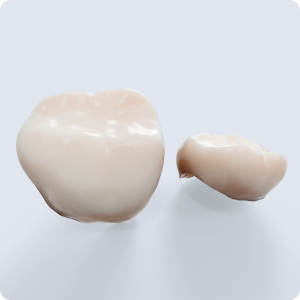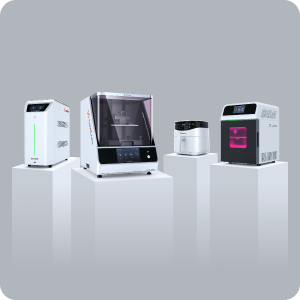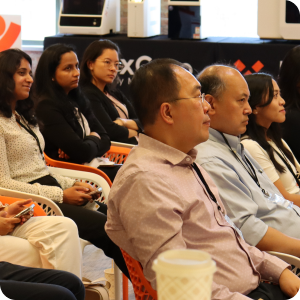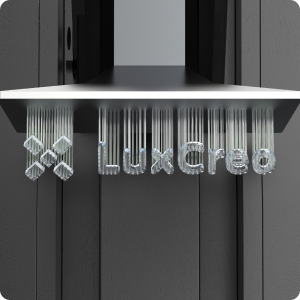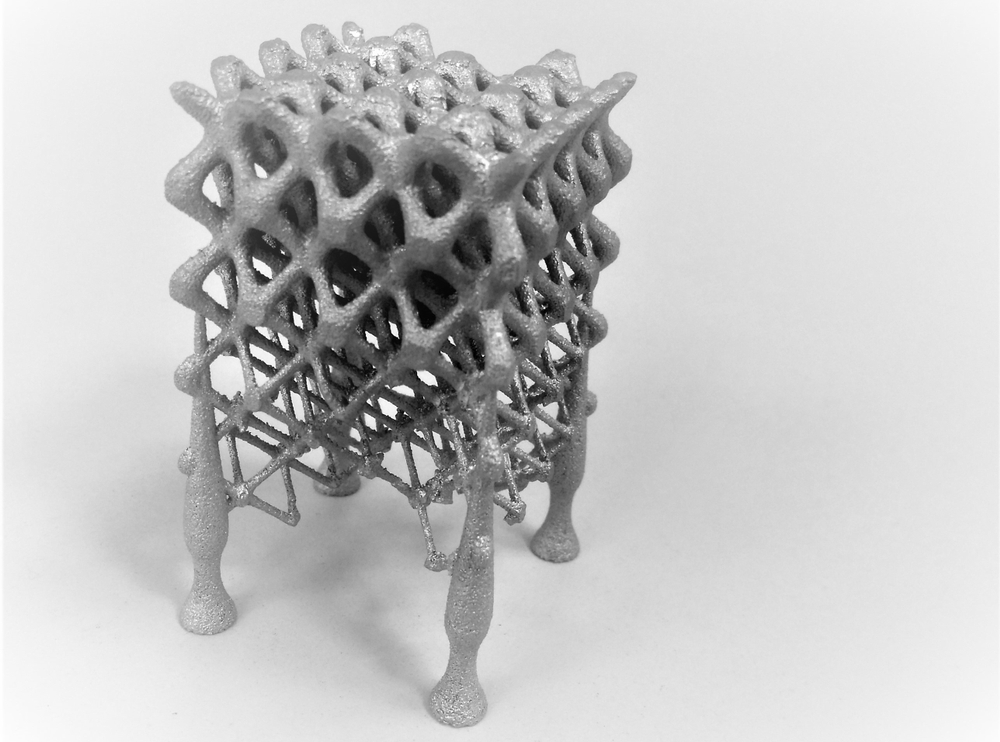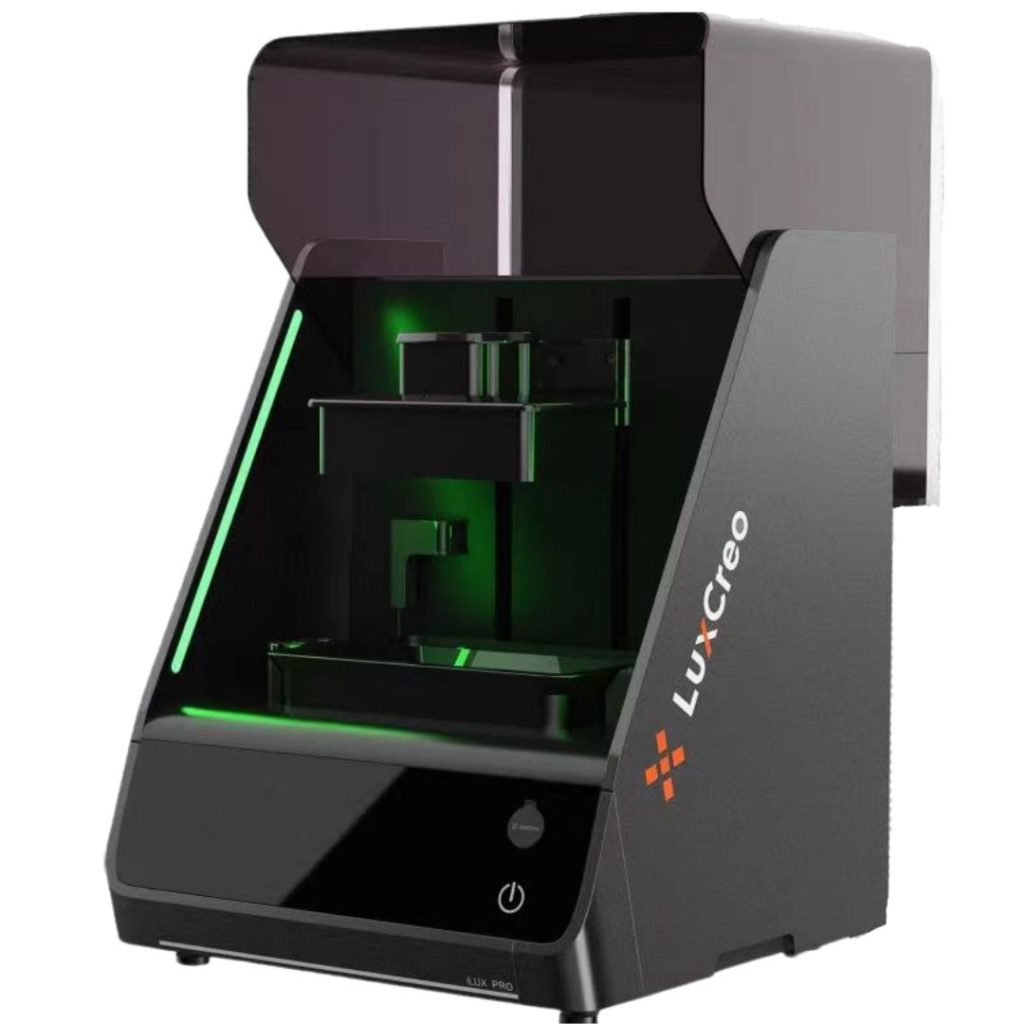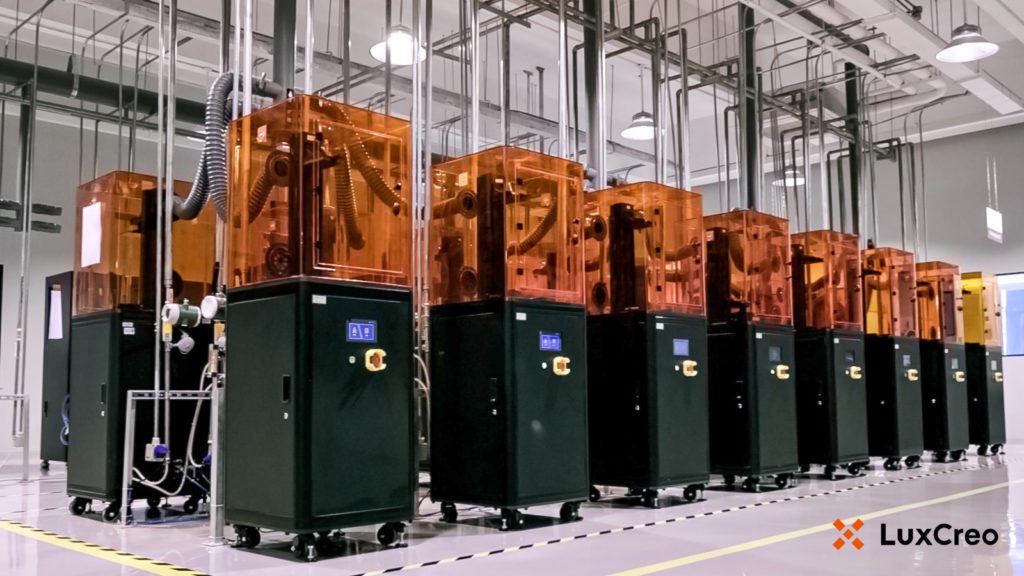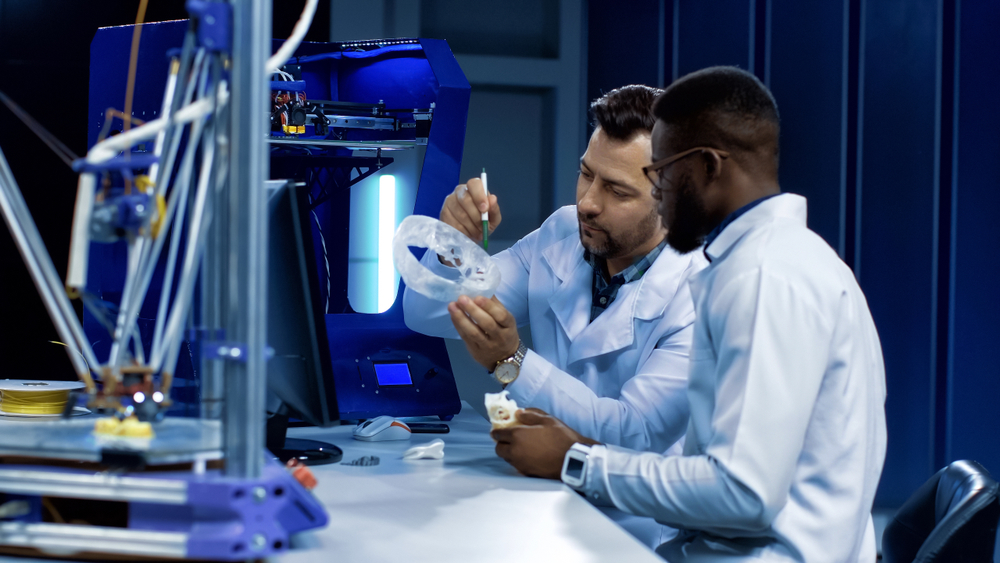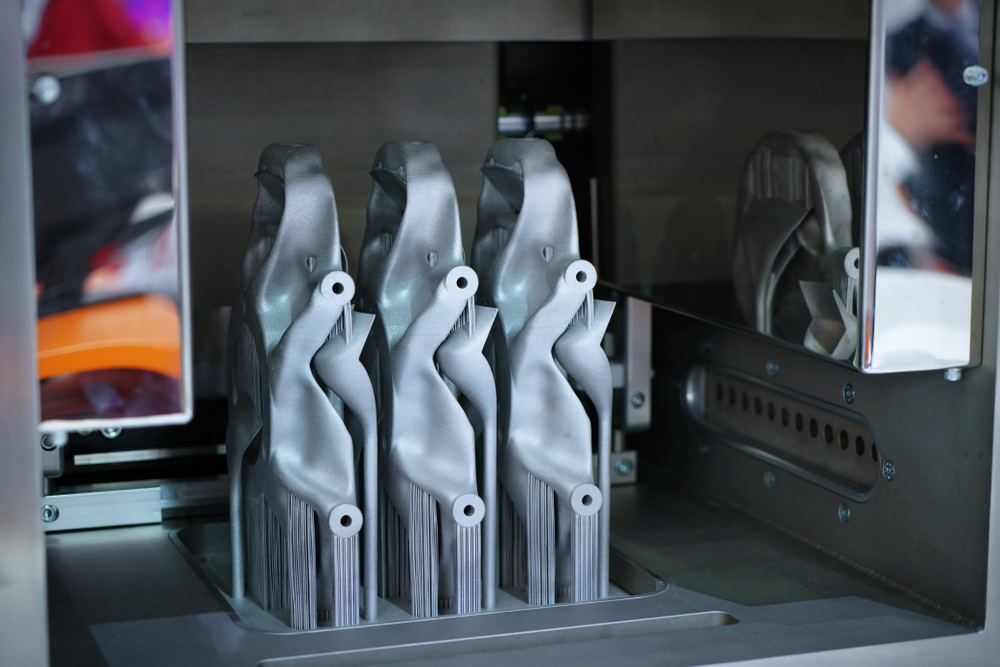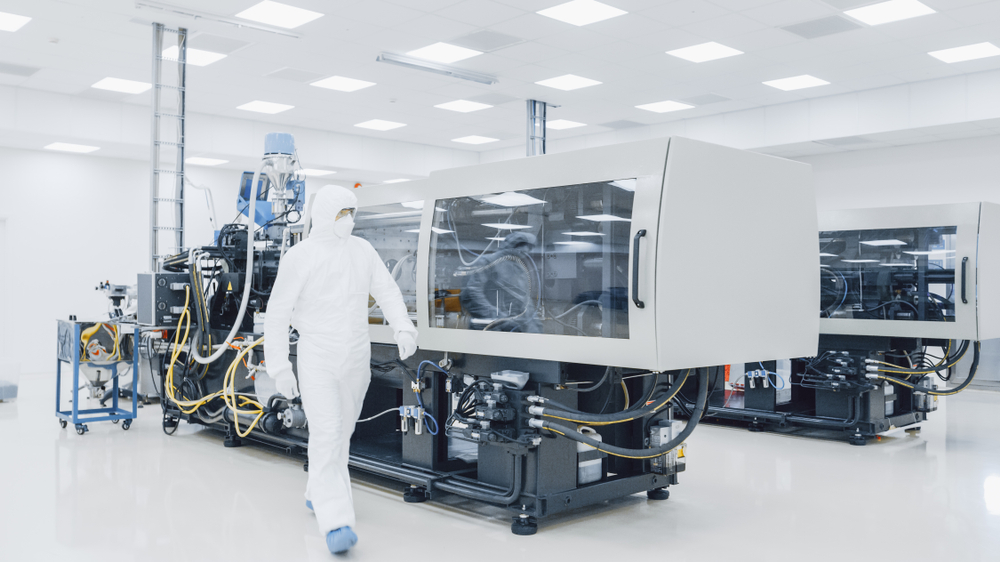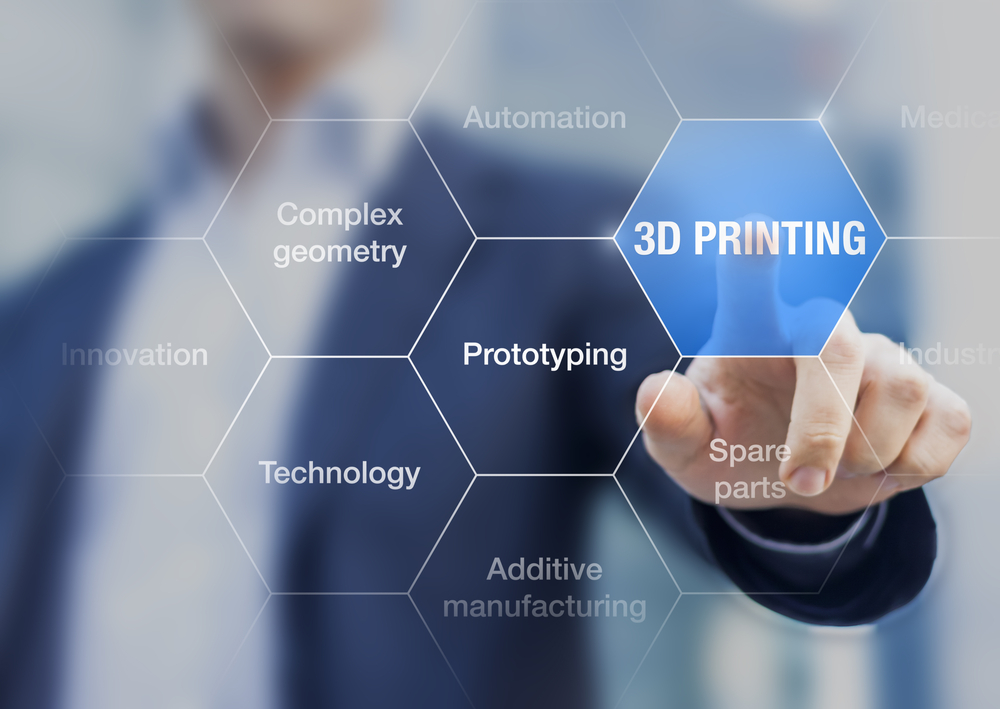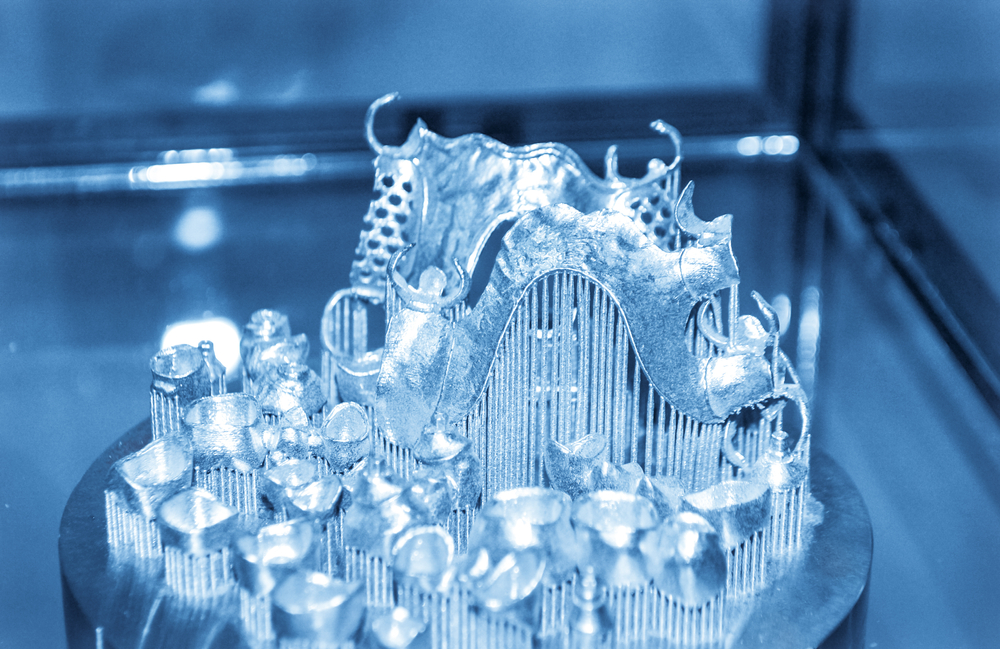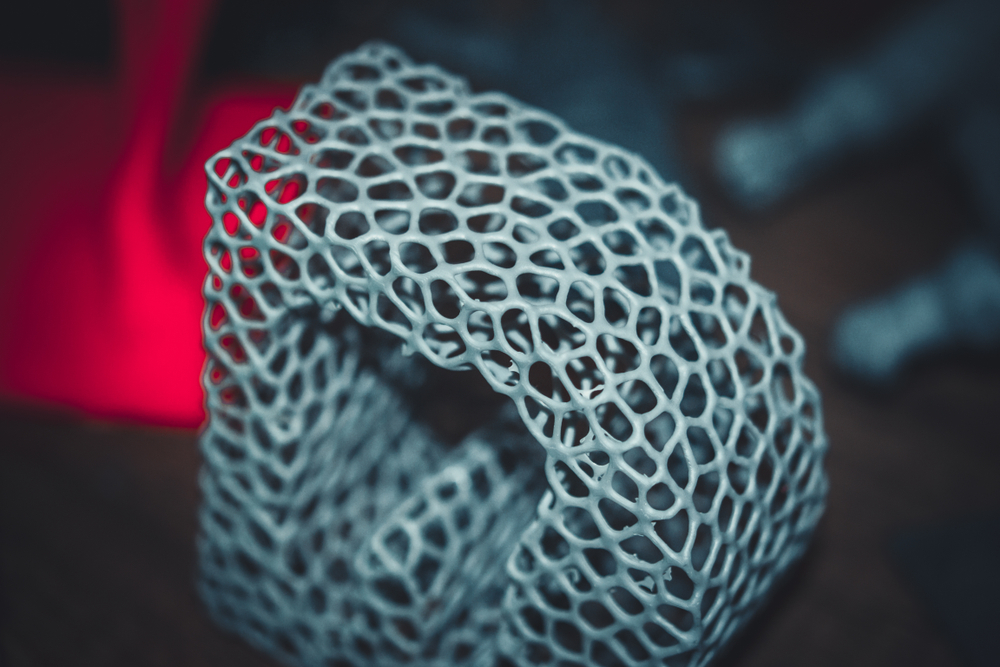Prototyping
Using Lattice Structures in Additive Manufacturing Software
Additive manufacturing is increasingly leveraged for enhancing or improving product performance. Lattice structures are one common design technique. A lattice structure is a microarchitecture designed with a network of repeating…
Read MoreChoosing the Best 3D Printer for Dentistry
Rapid prototyping with traditional methods requires tooling – just like volume production processes.Tooling slows down and adds cost to product development cycles. 3D printing provides an alternative prototyping production process that removes tooling constraints, giving product designers a flexible, on-demand option for product development and scaling.
Read MoreRapid Prototyping and Tooling: 3D Printing Speeding up Product Manufacturing
Rapid prototyping with traditional methods requires tooling – just like volume production processes.Tooling slows down and adds cost to product development cycles. 3D printing provides an alternative prototyping production process that removes tooling constraints, giving product designers a flexible, on-demand option for product development and scaling.
Read MoreUnderstanding 3D Printing in Manufacturing
Defined as the construction of a three-dimensional object from a computer-aided design (CAD) or a digital 3D model, 3D printing or additive manufacturing is transforming the world as we know…
Read MoreTop Seven Industries for Additive Manufacturing Applications
Additive manufacturing offers innovations, process improvements, and greater agility to many industries, including aerospace, dental, medical, and automotive. 3D printers are versatile and can produce complex or customized products. Manufacturers…
Read More3D Printing’s Role in Prototyping and Low-Volume Production
Advancements in 3D printing as a production solution are also enabling additive manufacturing for low volume production. With tightly integrated solutions including 3D printing machines, software, and materials, additive manufacturing is enabling more effective and efficient prototypes through production workflow as well as faster time to market.
Read More3 Low Volume Manufacturing Methods
Companies use a low-volume approach to test products in the market before high volume production or if the demand is small. Low volume options include injection molding, CNC milling, and…
Read MoreFour Applications of Rapid Prototyping with 3D Printing
3D printing has many rapid prototyping applications, allowing companies to accomplish more in less time without sacrificing product quality. Today’s 3D printing systems require no tooling and support a broad range of materials, so designers can enable rapid functional prototyping and make faster transitions to full-scale manufacturing.
Read MoreSLA vs. DLP 3D Printing
Today, the 3D printing field has advanced in accuracy, product complexity, and the number of available processes. Companies can scale the production of complex products to high volume using two processes: stereolithography (SLA) and digital light processing (DLP).
Read MoreFDM vs. DLP 3D Printing
Two common 3D printing processes are fused deposition modeling (FDM) and digital light processing (DLP). Each of these 3D printing processes is best suited to specific product applications. Anyone interested in using 3D printing for their next product should understand the differences between FDM vs. DLP 3D printing. DLP processes and systems enable the manufacturing of products like dental appliances, medical devices, and footwear. With greater speed, better surface finishing, and isotropic material properties DLP may be a better choice for companies looking to decrease product development time, de-risk manufacturing operations, and create unique business models.
Read More


